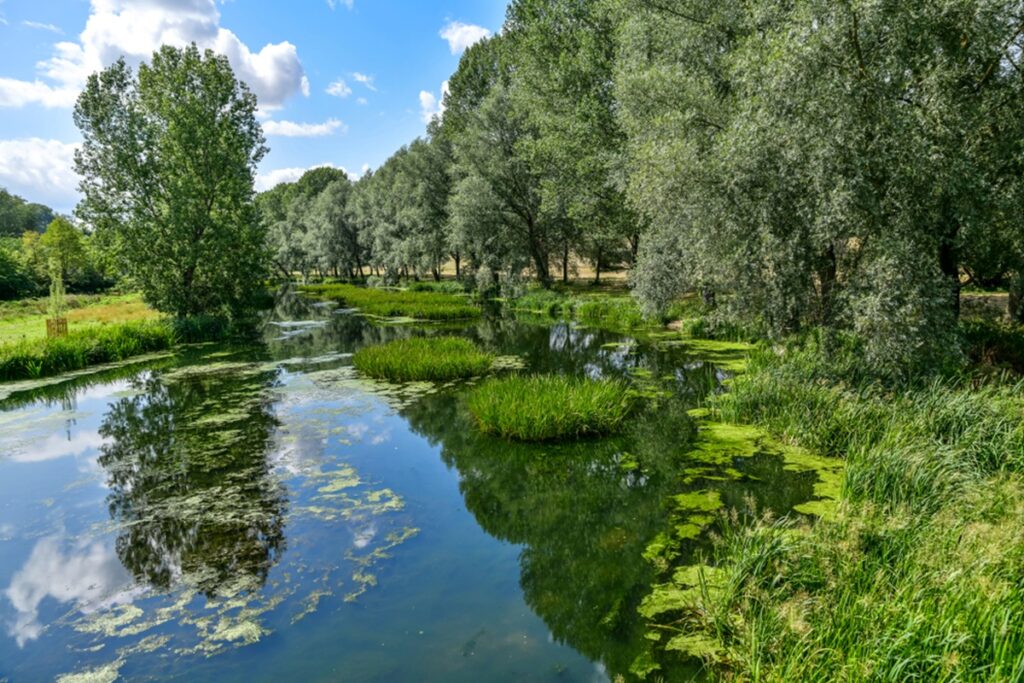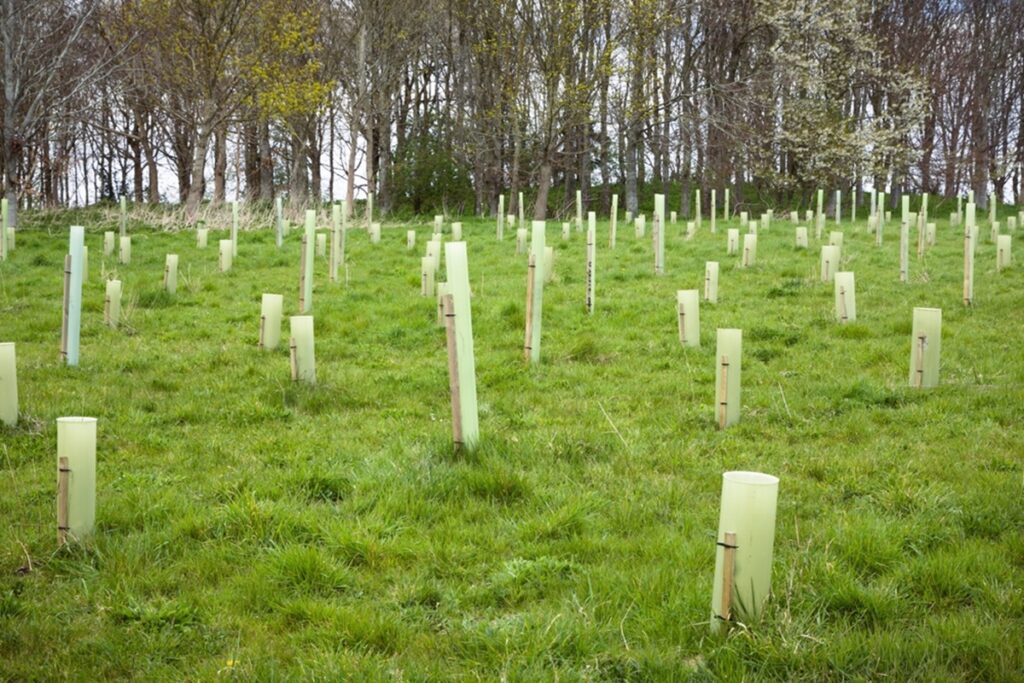Biodiversity Net Gain Worcestershire: Ecology Surveys and BNG Planning
Development projects in Worcestershire must be planned and delivered according to biodiversity net gain bng requirements since BNG was introduced into UK law through the Environment Act in 2021.
BNG ensures that biodiversity is in a measurably better state after development than before, and following a two year transition period, since February 2024, it has transformed how development projects in Worcestershire must be planned and delivered.
Achieving a minimum of 10% biodiversity net gain has become a mandatory statutory requirement for most planning applications to local planning authorities across England, including the Worcestershire County Council area.
This legal duty means developers, planners, and landowners must work with qualified ecological consultants to measure the baseline ecological value of their site, calculate projected biodiversity outcomes, and put measures in place to ensure compliance. Where a shortfall occurs, additional habitat creation or enhancement is required to achieve biodiversity net gain, either on-site or off-site, but in every case the improvement must be evidenced using the government’s Statutory Biodiversity Metric tool and secured for at least 30 years.

BNG and other Planning Guidelines
Biodiversity net gain bng is closely tied to the National Planning Policy Framework, Natural England guidance, and Local Nature Recovery Strategies. Planning authorities across the Worcestershire County Council area, including Wychavon, Malvern Hills, Bromsgrove, Redditch, Worcester City and Wyre Forest councils, all now expect biodiversity net gain bng to be factored into development proposals from the outset. Integrating ecological considerations early avoids costly delays and ensures compliance with both national legislation and local priorities.
Ecological Features in Worcestershire
Worcestershire is a county of great ecological diversity, with landscapes ranging from the River Severn and its green corridors to irreplaceable habitats among the Malvern Hills Area of Outstanding Natural Beauty, ancient woodlands, lowland meadows, and orchard habitats. These areas support a variety of protected species including bats, otters, great crested newts, dormice, badgers, and a wide range of bird species.
The Worcestershire Wildlife Trust and the Worcestershire Local Nature Partnership have identified ecological networks and habitat priorities across the county, which feed directly into BNG assessments and Local Nature Recovery Strategies.
Developers must therefore take into account these sensitive features when preparing biodiversity net gain plans, as sites may overlap with priority habitats or lie within zones where ecological connectivity is a planning priority.
Preparing a BNG Assessment in Worcestershire
Before submitting a planning application in the Worcestershire County Council area, the first step is to commission a pre development biodiversity net gain report from a qualified ecologist. This begins with an ecological survey of the proposed development site to establish a baseline biodiversity value.
An ecologist will map and classify habitats in line with the UK Habitat Classification system and assess their pre development biodiversity value. This information is then entered into the Biodiversity Metric to calculate the site’s existing ecological value.
Once the baseline pre development biodiversity value is established, the ecologist models the site’s post development biodiversity value based on landscaping proposals, habitat creation, and management plans.
If the target 10% net gain is not met, the ecologist will recommend additional on-site measures or identify suitable off-site biodiversity units to achieve biodiversity net gain.

On-Site and Off-Site Biodiversity Net Gain
In Worcestershire, most developments deliver biodiversity net gain on-site, for example by creating species-rich grasslands, planting native trees, restoring riverside corridors, or enhancing hedgerow networks. Green infrastructure, such as wildlife-friendly sustainable drainage systems and living roofs, may also contribute to measurable gains.
If achieving the full 10% on-site is not possible, developers can turn to off-site habitat banks for biodiversity units, ideally within Worcestershire itself so that ecological benefits remain local. The county has emerging habitat banks and conservation initiatives designed to meet this demand.
Where necessary, statutory biodiversity credits may be purchased as a final fallback option. All off-site solutions must be secured through conservation covenants or planning obligations and approved by the relevant local planning authorities.
Wildlife Species Regulations
Protected species surveys may also be required, particularly in Worcestershire where diverse habitats in the natural environment such as ponds, hedgerows, and woodlands frequently support legally protected wildlife. Surveys for bats, badgers, reptiles, otters, dormice, or great crested newts may be required depending on the site. These are legally protected and must be factored into both the biodiversity net gain assessment and the development design.
Carrying out these surveys early ensures that the BNG plan is fully aligned with the mitigation hierarchy: avoid, minimise, restore, and as a last resort, compensate.
The Biodiversity Gain Plan
A biodiversity net gain report is the formal document submitted with a planning application that sets out in detail how the 10% net gain will be achieved and maintained for a minimum of 30 years to aid nature conservation. This includes habitat creation and measures to enhance biodiversity, ongoing management and monitoring schedules, and demonstration of compliance with the mitigation hierarchy.
In Worcestershire, local planning authorities expect biodiversity gain to align with the Worcestershire Green Infrastructure Strategy. This ensures that biodiversity improvements are not only compliant and achieve the required net gain, but also contribute to wider ecological networks across the county.
Expert Biodiversity Net Gain Surveys in Worcestershire
Our experienced ecology consultancy provides bng assessments and plans across Worcestershire and for local authorities across the UK. We guide clients through every stage, from the initial baseline survey and Biodiversity Metric calculations to fulfilling local authorities requirement off-site for bng units. We also carry out all protected species and ecology surveys that may accompany BNG work, ensuring applications for planning permission progress smoothly through the planning system.
We work with major developers, on small sites and brownfield sites, for commercial clients and private householders, tailoring our service to suit each project and relevant planning conditions. Our knowledge of Worcestershire’s ecological priorities, nature conservation areas, important habitats, species and local plans allows us to deliver BNG plans that enhance biodiversity and are fully compliant with all requirements for planning permission.
Request a Free Quote for Biodiversity Net Gain Worcestershire
If you are preparing a planning application in Worcestershire and need a biodiversity net gain assessment, our team can provide a free quote. From small residential projects to large-scale developments, we ensure your proposals meet the 10% net gain requirement under the Environment Act 2021 while supporting long-term ecological enhancements across the county.
To arrange a site survey and begin your bng plan in Worcestershire, contact us using our online form, or via the telephone number above. By acting early and working with experienced ecologists, you can ensure compliance with the Environment Act 2021, maximise your chances of securing planning permission and contribute to lasting environmental improvements in Worcestershire.